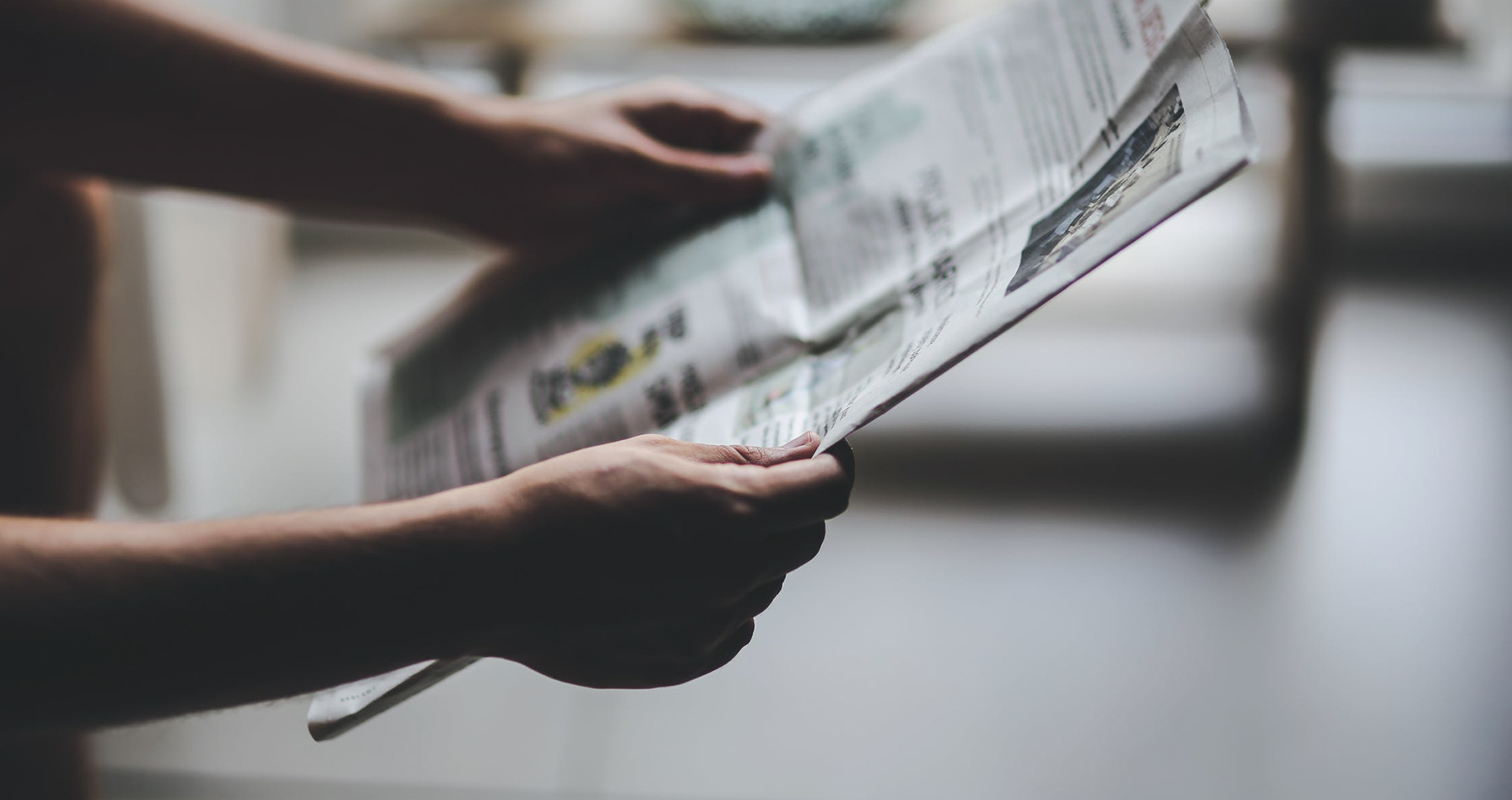
Dr. Anunaya Chaubey, the current provost at Anant National University, a school for higher education in design and architecture, has had an interesting trajectory as an academic. A PhD in English literature with a focus on poet Ezra Pound’s critical theories and practice, Chaubey is also a self-taught artist. He has served as the principal of the Art College at Patna University and later, as the deputy dean of the post-graduate Young India Fellowship programme at Ashoka University.
Chaubey credits literature with developing his “ability to observe, process and invent new realities” and believes that an individual’s relationship with both art and literature is of great importance as both disciplines help people understand the world better.” Art is a dynamic fabric woven of all conceivable human activities — social, political and philosophical,” says Chaubey. “In art lies a fusion of everything that has happened in culture and civilization. It goes beyond just visual or aesthetic expression,” he adds. He therefore makes it a point to get involved in inculcating art awareness and appreciation in as many young people as he can.
In this interview with Lounge, Chaubey talks about what drew him to the work of Ezra Pound, what it means to have a close relationship with the arts, and how his workspace/studio inspires him to get so deeply involved in work that it’s sometimes hard to disengage from it. Edited excerpts.
Describe your current workspace to us.
My workspace is my inspiration. Books, music, souvenirs from travel, paintings and photographs fill the room. Despite me envisioning it as a compact space, it tends to transform into a cluttered space. Plants and keepsakes of various kinds get added here, each serving as a piece of inspiration.
How would you define your daily relationship with this space?
One word that could best define the relationship between me and the workspace would be ‘inspirational’. I also appreciate stillness and the silence here, especially since I am an early riser. I start painting at 4 am, with music, coffee and other paintings adding to the ambience. My workspace stimulates me to start and continue working, often leading to occasions where it becomes difficult to disengage myself to do other things.
Growing up, who were the artists you followed closely? What about them appealed to you?
During my childhood, I was drawn to the works of artists such as (Italian Renaissance and Baroque painter) Caravaggio, (French impressionist painter Claude) Monet, (Edgar) Degas for their sheer brilliance of portraying realism and the social concern that they revealed. I’ve also been impressed by the works of Nandalal Bose and Ramkinkar Baij.
Your work both in literature and art. Is there any seeming dissonance in going from one to the other?
(Not quite.) Literature is also a form of art – only one is textual the other is visual. Both art and literature draw from a person’s capacity to imagine, observe and invent. While some artists/poets/writers may have an objective, others may not. Both literature and visual arts happen to be the expressions of this capacity, only the languages used differ.
What drew you to Ezra Pound enough for you to devote your PhD to studying him and his work?
Pound turned poetry around by making it more concrete, focused and a medium for documenting the contemporary world with the consciousness of the continuance of time. His works were in sync with time and had a purpose. He was an innovator who created a new canon of criticism and poetry at a time when the contemporary world – newly industrialized, urbanized, intellectualized, enamored of science and neglectful of traditions –needed it.